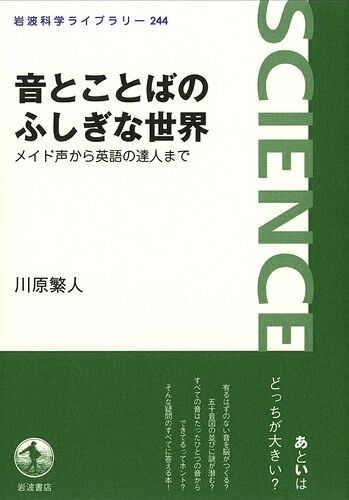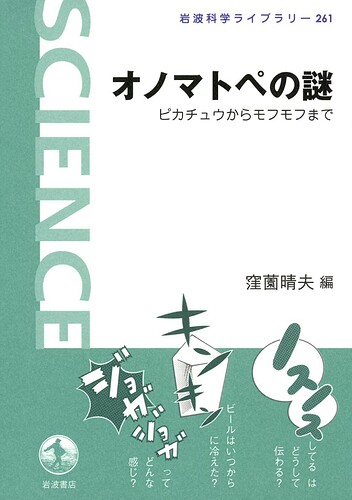Hi Guys!
I threw together a very quick mock up card for one particular kanji, based on the way I think that kanji should be learned the most efficiently. This particular style of kanji learning would focus more on radicals, and kun-yomi, highlighting where the base meaning of kanji come from, and how they relate to each other.
Excuse the terrible design and font choice, this is very bare bones. At the top of the card is the most accurate interpretation of the kanji in English, followed underneath by the most basic nuance that all kanji with that kun-yomi portray.
Underneath the kanji itself is the on-yomi and kun-yomi. Following this a brief overview of kanji that share the same kunyomi, and how they make use of that particular nuance. This would reinforce the idea that they are a closely related family.
Lastly is an extrapolation of the idea, with how they are related in a more detailed manner. This kanji itself is a bit more difficult than some others, so the idea was to use a drawing rather than an explanation for kanji the first time a particular kun-yomi is introduced. For example, when learning 書 (The first kanji a person will see kaku in), -The Relationship- would probably only be one sentence, followed by a drawing of a pen running across paper, or something similar, highlighting how the concept/sound works in a less verbose way.
In addition to the card itself, the (note) portion of the card would give brief info on how the learner should approach the radical within that kanji, for example a list of kanji that the user could explore in conjunction with it. E.g learners should know that the right element in this kaku (掻く) is the indicator of something ‘distruptive’, as it always is in other kanji. Such as in 騒ぐ (sawagu).
The actual question - Is this useful information, and could you see yourself learning kanji this way? Is there something missing that would make it easier for you?


 かえる is going to be one of the more difficult ones due to the obscene amound of kanji that have that reading. One thing I did work out is that まいる、and かえる、are opposites of sorts. かえる means to return from a temporary location to your ‘origin’. まいる、means to go from your origin to a temporary location.
かえる is going to be one of the more difficult ones due to the obscene amound of kanji that have that reading. One thing I did work out is that まいる、and かえる、are opposites of sorts. かえる means to return from a temporary location to your ‘origin’. まいる、means to go from your origin to a temporary location. )
)
